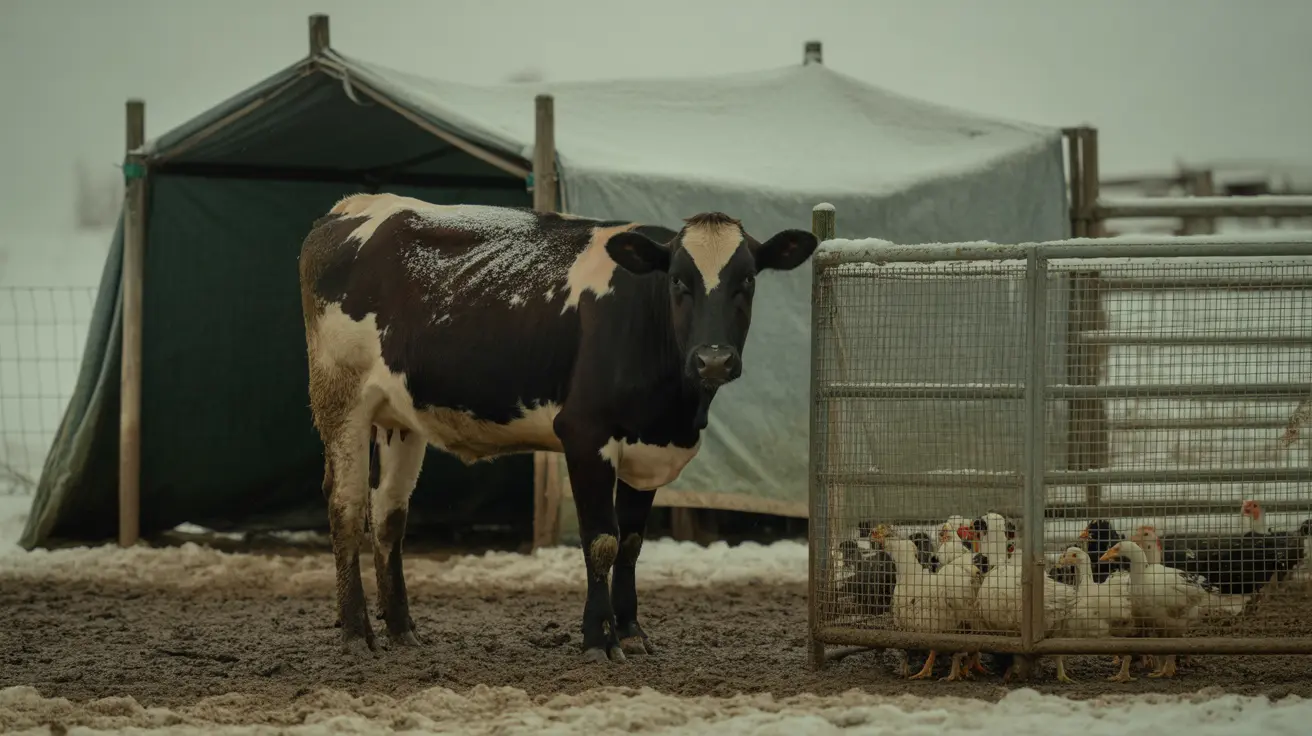How to Identify Low-Quality Dog Food
As pet owners, choosing a nutritious and balanced diet for our furry friends is a top priority. Unfortunately, not all dog food options on the market meet the nutritional standards essential for a dog's health. Recognizing the signs of low-quality dog food can help you make better choices and protect your pup from potential health risks. This guide will outline the key indicators to look out for when evaluating dog food products.
1. Ambiguous or Vague Ingredients
One of the most telling signs of poor-quality dog food is the use of vague, non-specific ingredients. Manufacturers may try to cut costs by using ingredients that are cheap but offer low nutritional value.
- Generic meat terms like “meat meal” or “animal fat” don’t specify the source, raising questions about the quality and safety.
- By-products can include low-grade remnants not deemed suitable for human consumption.
2. Excessive Fillers
Fillers are added to dog food to bulk up the product while keeping costs low. However, these substances usually offer no nutritional benefit and take the place of more important ingredients.
- Corn, soy, and wheat are often used as fillers but can be common allergens for dogs.
- Look for disproportionate amounts of carbohydrates, especially if listed before protein sources.
3. Artificial Additives
Low-quality dog food often contains artificial additives to enhance flavor, color, or shelf life. These synthetic ingredients can cause adverse reactions over time.
- Artificial colors like Red 40 or Blue 2 serve no health purpose and may pose risks.
- Preservatives such as BHA, BHT, and ethoxyquin have been linked to negative health effects in long-term studies.
4. Lack of AAFCO Certification
The Association of American Feed Control Officials (AAFCO) sets nutritional standards for pet food. If the food lacks any reference to AAFCO guidelines, it might not meet minimum dietary requirements.
- Look for a statement such as “formulated to meet AAFCO nutrient profiles.”
- Absence of this statement can indicate the food has not been properly tested or reviewed.
5. Low-Quality Protein Sources
A high-quality dog food should contain named meat sources as its primary ingredient. Be wary of foods listing vague or heavily processed meats at the top of the ingredient list.
- Chicken, beef, or lamb meal is acceptable only if specified and not mixed with generic terms.
- Protein concentrates from plant sources are sometimes used in excess to mask the lack of meat.
6. Poor Label Transparency
Transparency is key when evaluating any dog food. Reputable brands provide complete and understandable ingredient lists and nutritional information.
- Watch out for brands that hide behind “proprietary blends” or do not fully disclose ingredients.
- Look for brands that clearly list vitamins, minerals, and their sources.
7. Inconsistent or Misleading Marketing
Packaging can be deceiving. Terms like “natural,” “holistic,” or “premium” are not regulated and may not reflect true quality.
- Always verify such claims by reading the actual ingredient list and nutritional breakdown.
- A fancy label does not guarantee high quality.
Past recalls can be a red flag for systemic issues in quality control or ingredient sourcing.
- Research the brand’s history and reputation online.
- Check for any FDA warnings or industry recalls associated with the manufacturer.
Conclusion
Feeding your dog a healthy, balanced diet is crucial for their well-being. By learning to identify the red flags of low-quality dog food—such as vague ingredients, excessive fillers, and artificial additives—you can make more informed choices. Always read the label carefully, look for AAFCO certification, and consult your veterinarian if you're unsure about a product. Your dog depends on you to provide safe and nutritious meals, so it's worth investing the time to evaluate their food carefully.





